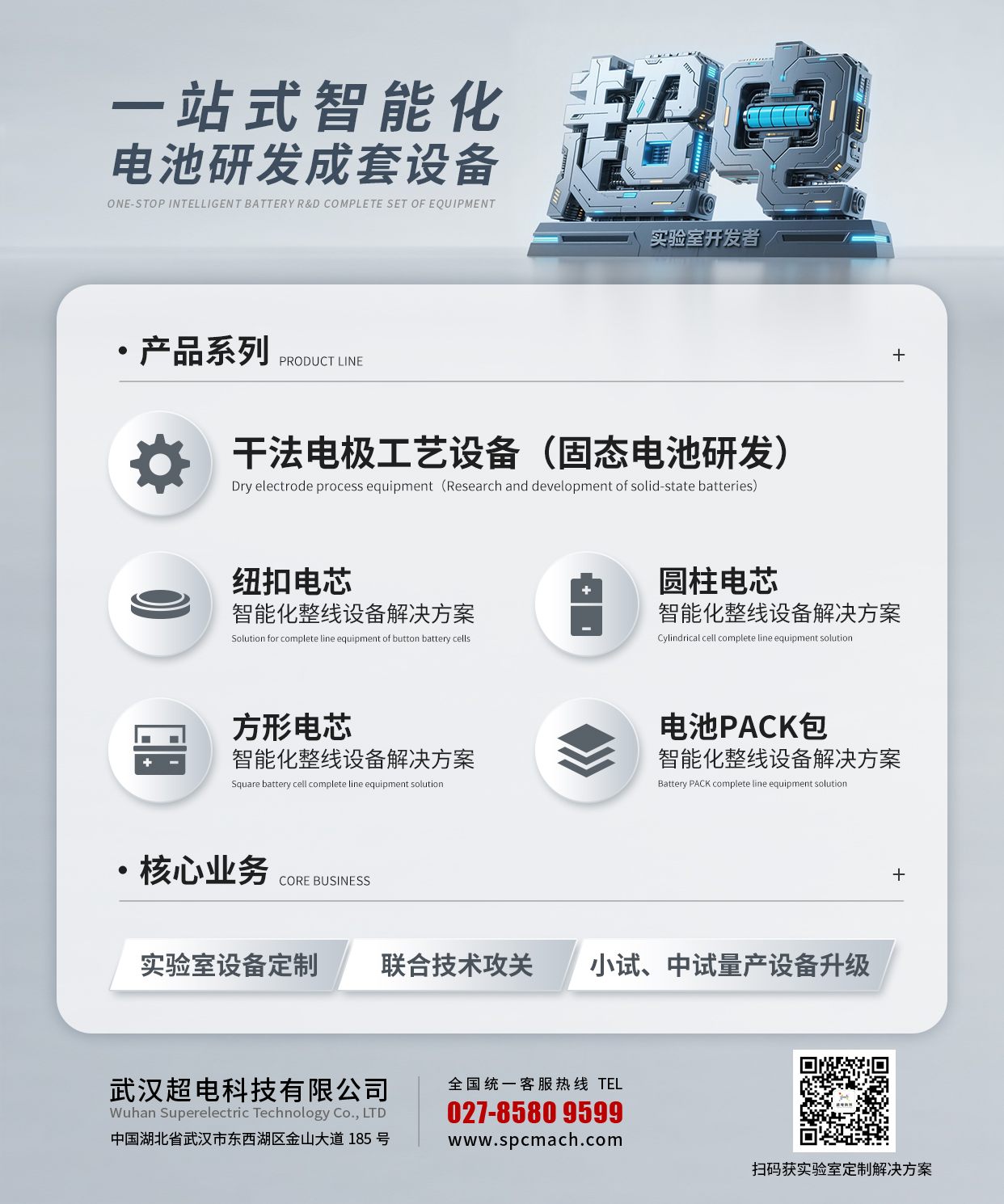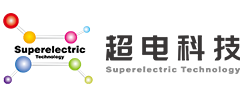New energy vehicle subsidy changes drastically! Solid-state battery vehicles receive a subsidy of 20,000 per vehicle, and enterprises must modify three aspects of their experimental lines.
Release time:2025-07-22
Attention all new energy battery R&D companies and engineers! The new version of the new energy vehicle subsidy policy is here, with a detailed explanation. Starting in July, 138 billion yuan in special funds will be allocated to nine major automakers. This isn't simply about giving companies "money," it's a watershed moment for battery testing lines. 。
While the subsidies are for consumers, adjustments to testing lines directly determine the survival space of new energy battery companies.
Policy Breakdown
Subsidy Issuance Conditions : The "trade-in" subsidy has been cancelled; only "technical standards" are recognized. New energy passenger vehicles must be included in the "Catalog of Vehicles Exempt from Vehicle Purchase Tax," Your battery energy density, low-temperature performance, and autonomous driving compatibility must meet the standards. ;
Subsidy Difference Design : Solid-state battery vehicles receive an additional 10,000-20,000 yuan, and L3 autonomous driving vehicles receive 15,000-30,000 yuan. Essentially, this uses consumer-side subsidies to force technological upgrades in companies;
Clear Market Orientation : Mainstream models priced between 150,000 and 250,000 yuan will receive priority subsidies, forcing technology to be implemented in mass production, and testing lines must shift from "laboratory samples" to "mass production processes".
Urgent Adjustment List for Testing Lines - 3 Key Areas to Change
01
Solid-State Battery Testing Lines: From "Able to Produce" to "Able to Profit"
The policy clearly gives solid-state batteries the "green light," but testing lines must overcome the cost barrier:
Material Side: The threshold for ternary black powder nickel-cobalt content has been raised to 25%. Testing lines need to quickly test the sintering process of higher-purity raw materials. Being able to reduce the cost of lithium iron phosphate recycling to 38,000 yuan/ton is the direction encouraged by the policy;
Process Side: The interfacial impedance of solid-state batteries must be <100Ω·cm², directly corresponding to the fast-charging performance requirements (30 minutes to 80%) in the "Catalog of Vehicles Exempt from Purchase Tax," otherwise it cannot pass the Ministry of Industry and Information Technology's technical review. The hot-pressing equipment on the testing line needs to be upgraded to 300MPa pressure (currently mainstream is 200MPa) to pass the subsidy technical review;
Data Side: Retain the complete "laboratory to mass production" parameter chain - the policy requires automakers to provide stability test reports for more than 3 months; your experimental logs must include cyclical data from -40℃ to 80℃.
02
Autonomous Driving Supporting Batteries: Testing Lines Need "Double Insurance"
L3 autonomous driving vehicles receive higher subsidies, but the requirements for battery safety redundancy have increased dramatically:
The BMS (Battery Management System) must support "millisecond-level response" - the testing line needs to be connected to a simulated autonomous driving rapid acceleration/deceleration pulse test. The capacity attenuation after 1000 consecutive pulses cannot exceed 5%;
The impact resistance performance of the battery pack is doubled - previously tested at 10G acceleration, now it needs to be tested at 20G as required by the policy, and the impact testing equipment on the testing line needs to upgrade sensor accuracy;
Systems like Huawei ADS 4.0 and BYD DiPilot 5.0 have achieved a 95% obstacle recognition rate. The power supply stability of your battery in extreme scenarios must be verified to a success rate of 99% or higher on the testing line.
03
Recycling Process: Testing Lines Need to Lay the "Groundwork" in Advance
Policy "Hidden Requirements": Batteries that do not support high-value recycling will have their subsidies reduced.
Ternary Batteries: Testing lines need to test "targeted recycling" processes - like CATL, achieving a lithium recovery rate of 93.8% and nickel, cobalt, and manganese close to 100%, otherwise material costs cannot be reduced;
Lithium Iron Phosphate: Physical recycling is the policy-encouraged "shortcut," The testing line needs to verify the "low-temperature crushing + dry separation" process , ensuring that the lithium carbonate extraction cost is <40,000 yuan/ton;
Key Point: The "Safety Requirements for L3 Autonomous Driving Systems," implemented in August, clearly state that battery recycling data must be integrated into the automaker's database. The testing line must record the material composition traceability information for each batch of samples.
The above are three action suggestions for battery company testing lines based on policy interpretation. The new energy subsidy policy has already mapped out the "technology roadmap" for solid-state batteries. The essence of the policy is to achieve "technology screening" through consumer-side subsidies. Adjusting testing lines is the only path for companies to gain market share. New energy battery R&D companies and R&D engineers need to act immediately, otherwise, mass-produced vehicles in 2025 will face "Failure to meet technical standards → No subsidies → Sharp drop in sales" a vicious cycle.
If you need a laboratory implementation solution for solid-state battery dry-method electrodes, please scan the code to register for one-on-one communication and guidance with Wuhan Chaodian engineers.

Disclaimer: Some of the content and images in this article are from online sources. The article does not represent the views of this platform and is for learning and exchange purposes only. It does not constitute commercial purposes, and the copyright belongs to the original author. For any disputes regarding content, copyright, and other issues, please contact us via email cj017@spcmach.com. We will verify and respond within 24 hours. This article may not be reproduced without authorization. We will not bear any legal responsibility for any consequences caused by unauthorized reproduction.
New energy subsidy policy,Solid-state battery,Solid-state battery test line,Solid-state battery vehicle
Related News
Focus on us



